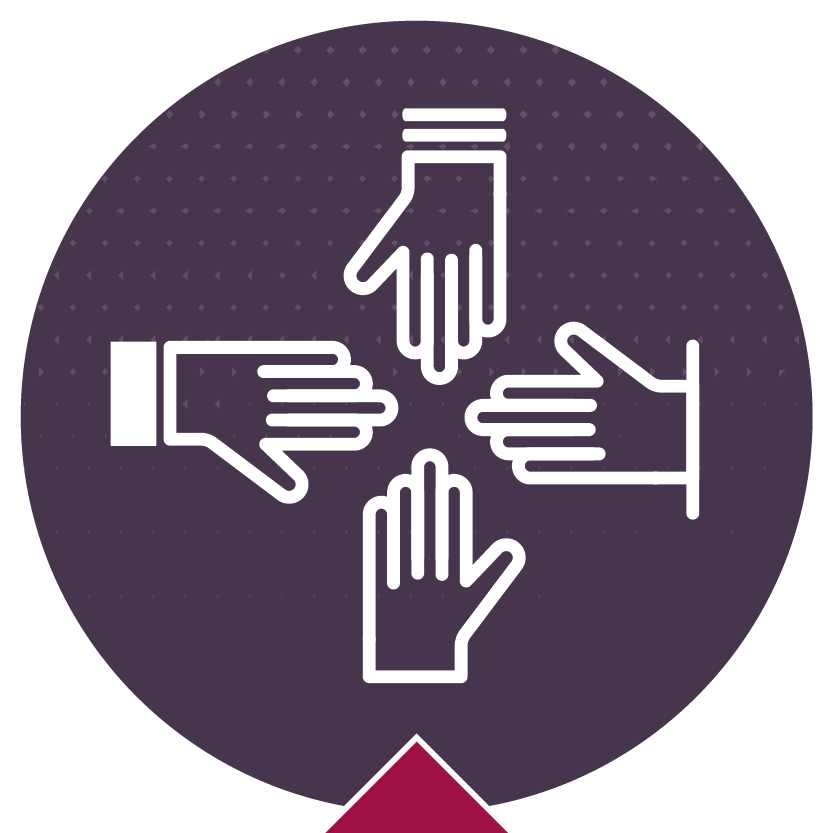Canada’s Disability Inclusion Action Plan

Guiding principles
Canada’s Disability Inclusion Action Plan is guided by the principles laid out in the Accessible Canada Act, including:
“Nothing Without Us”
Persons with disabilities need to be involved in the development and implementation of all government systems, policies, programs and services.
Human rights-based approach
Human rights principles need to guide the development and implementation of our systems, programs and processes, including the principles of equality, anti-discrimination, participation, and inclusion.
Intersectionality
Government systems, policies, programs and services must take into account:
- the different ways that persons interact with their environments and,
- the multiple, and intersecting forms of marginalization and discrimination faced by individuals
Objectives
The Disability Inclusion Action Plan has 5 key objectives:
- improve the social and economic inclusion of persons with disabilities
- reduce poverty among persons with disabilities
- achieve the Accessible Canada Act goal of a barrier-free Canada by 2040
- develop a consistent approach to disability inclusion across the Government of Canada and make it easier for persons with disabilities to access federal programs and services, and
- foster a culture of disability inclusion
Actions
In concrete terms, the actions are organised under 4 mutually reinforcing pillars of action:
Pillar 1 – Financial security

Pillar 1 – Financial security will improve the immediate and long-term financial security of persons with disabilities and address long-standing financial exclusion and systemic inequities.
Pillar 2 – Employment

Pillar 2 – Employment will help:
- more persons with disabilities find and keep good quality jobs, advance in their careers, or become entrepreneurs
- employers make workplaces more inclusive and accessible, and
- increase the capacity of individuals and organizations that work to support disability inclusion and accessibility
Pillar 3 – Accessible and inclusive communities

Pillar 3 – Accessible and inclusive communities will address physical, communication, and attitudinal barriers that prevent persons with disabilities from fully participating in our communities and the economy, including barriers in community buildings, public spaces and workplaces.
Pillar 4 – A modern approach to disability

Pillar 4 – A modern approach to disability will address:
- the challenges that persons with disabilities face in accessing federal programs and benefits, and
- will ensure that the needs and perspectives of persons with disabilities are reflected in the Government’s policies and programs
Related links
- Alternate format reading materials: what we heard report
- Reports and publications: Canada’s Disability Inclusion Action Plan
- Accessible Canada Act
- Employment Strategy for Canadians with Disabilities
- COVID-19 Disability Advisory Group
- Disability Inclusion Business Council
- United Nations Convention of the Rights of Persons with Disabilities
